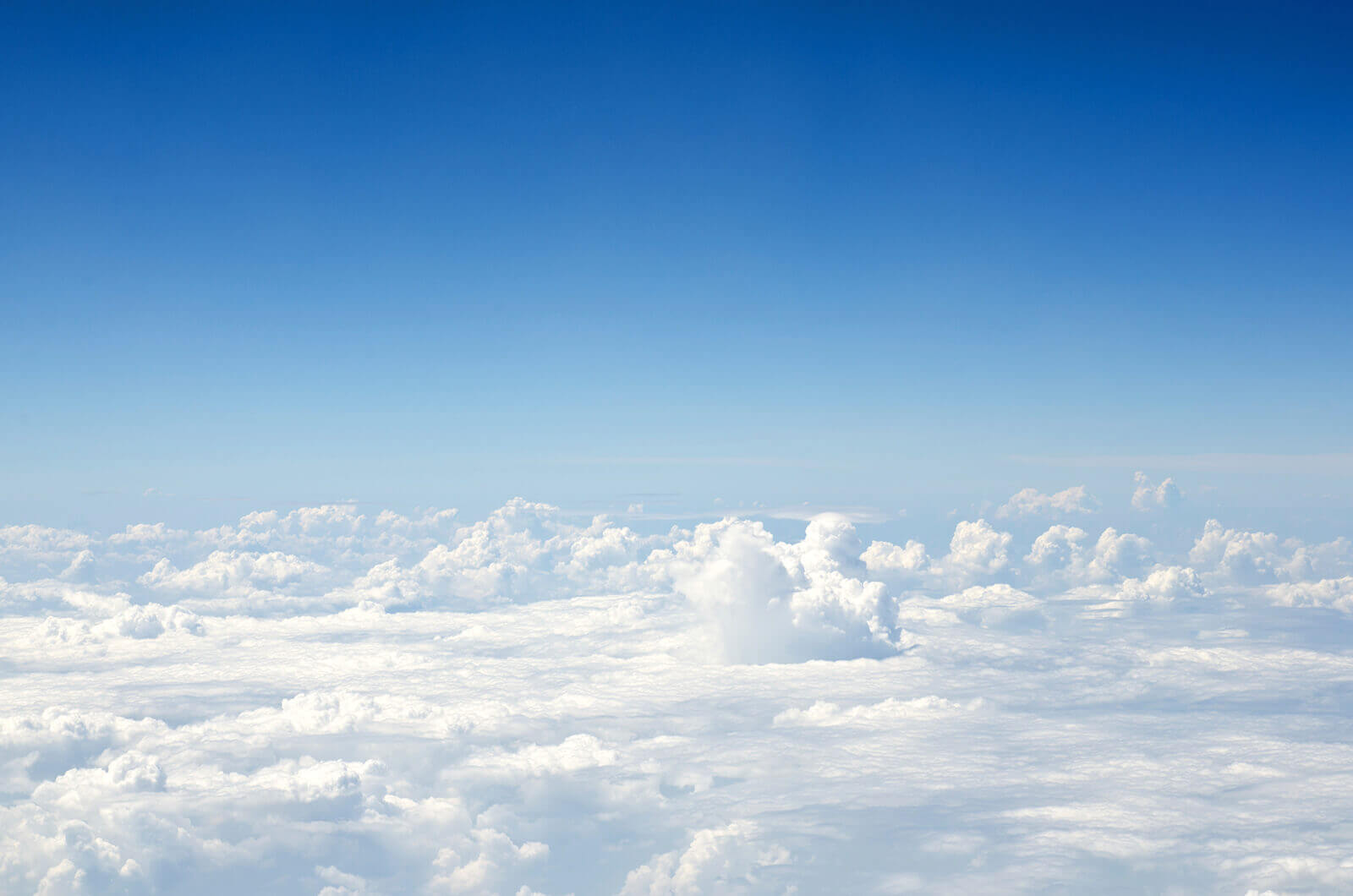
Cheap flights to Carcassonne
Find cheap flights to Carcassonne with Cheapflights
1. Tell us where you want to go
Enter your travel information like dates, passengers, trip type (one-way or round trip), and preferred cabin class then click “Find deals”2. Select your favorite providers
We find the providers serving your travel needs. Choose up to four travel providers to compare side-by-side for flights, hotels, or car rentals.3. Compare prices and book
Review each provider’s pricing and select the best option for you! Book through your favorite provider’s website for a seamless experience.Best time to book a flight to Carcassonne
Have a flexible travel schedule? Discover the best time to fly to Carcassonne with our price prediction graph.
Cheapflights Insights
Everything you need to know about your flight to Carcassonne
Rainfall in Carcassonne by month
Plan your trip to Carcassonne by taking into account the average rainfall totals by month.
In terms of precipitation, rainfall in Carcassonne ranges from 1.1 - 2.9 inches per month. April is typically the wettest month, when rainfall can reach 2.9 in. July is typically the driest time to visit Carcassonne when rainfall is around 1.1 in.
Temperature in Carcassonne by month
Plan your trip to Carcassonne by taking into account the average temperature totals by month.
If weather is an important factor for your trip to Carcassonne, use this chart to help with planning. For those seeking warmer temperatures, July is the ideal time of year to visit, when temperatures reach an average of 73.4 F. Travelers looking to avoid the cold should look outside of January, when temperatures are typically at their lowest (around 42.8 F).
FAQs about flying to Carcassonne
Carcassonne, France climate
The Languedoc region is blessed with a Mediterranean climate – hot, dry weather from June to August with rain setting in from December through February. The area typically experiences about 300 sunny days a year.
Best Time to Fly to Carcassonne, France
Peak Season:
April to September is peak season in Carcassonne. This is when most tourists throng the medieval city and when most visitors with nearby second homes arrive.
Off Season:
October to March is the low season. Some attractions have shorter opening hours during these months.
Getting around Carcassonne, France
Carcassonne’s medieval city is small enough that you can easily walk around. But for the rest of the city, you may want to take the bus, which is efficient and reasonably priced. Buy a transport pass for the entire day or just for an hour – it gives you unlimited rides over the entire transport system.